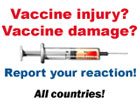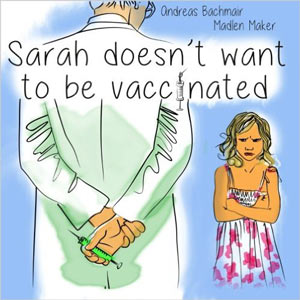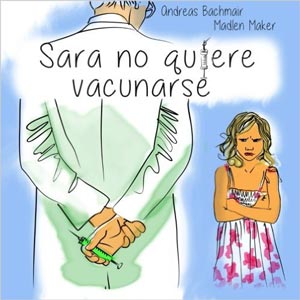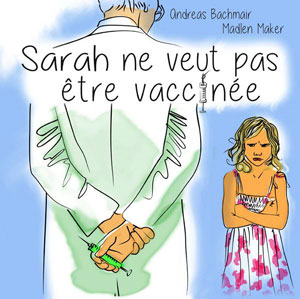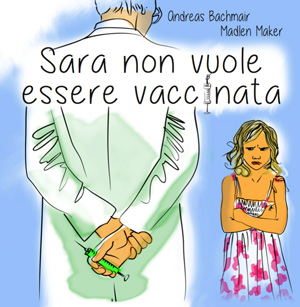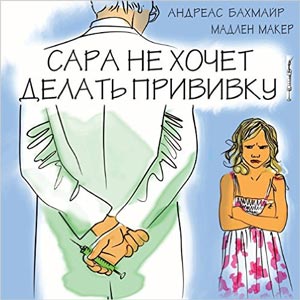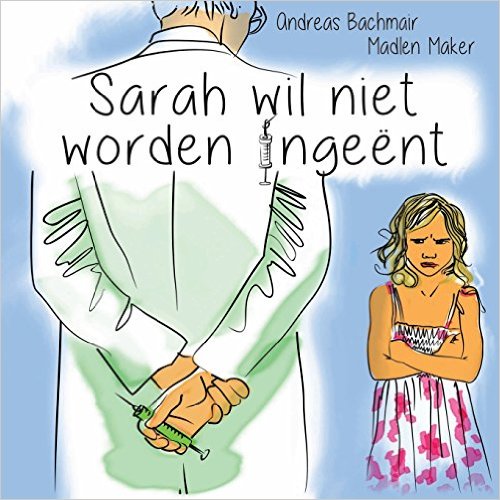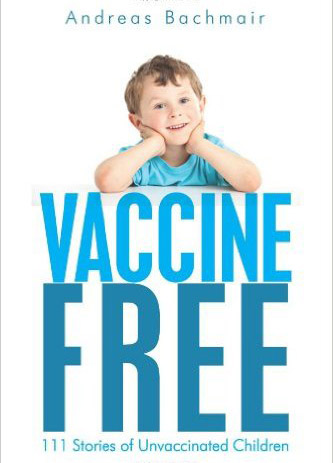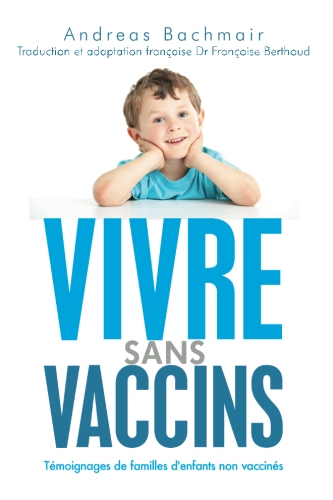Meningococcal disease
Pathogens
The pathogens are meningococci, i.e. bacteria. Meningococci are enclosed by a capsule which determines the antigen characteristics of the individual pathogen. The differentiation is between various serogroups, of which the most important ones are A, B, C, W, X, Y and Z. Within the serogroups there are differentiations, i.e. serotypes, e.g. serotype 2 of serogroup A. Serogroups A and C are typical for epidemics, whereas serogroup B has led to individuals becoming ill but not to epidemics. However, serogroup B is responsible for the majority of all cases in Germany (75%).
The transmission is air-borne (caughing, sneezing and kissing). The group that is affected most is children and adolescents who are younger than 15 years of age. In younger adults meningitis is rare. After the age of 50 the frequency increases again, whereby the pathogens are similar to those of the meningitis that newborns have, in other words bacteria from the intestinal tract.
Symptoms
The onset of meningitis is characterized by high fever and increasingly unbearable headaches. There is a marked rigidity of the neck appears later, and there are also numerous small bruises which are due to bleeding from the capillaries. The patient is very nervous and sometimes is unable to remain in bed. The patients are dazed, vomit and become unconscious. There also can be cramps.
The symptoms in babies are usually not very marked. Very young babies and small children are usually prone to not drink, are sleepy and apathetic. They appear to be in a “bad mood”.
Diagnosis
A spinal puncture is done if it seems likely that it is meningitis, and addition to from clinical signs (Brudzinski, Kernig signs).
Complications
Meningoencephalitis is one of the complications of meningitis, which is when there is inflammation of the brain. Then there is meningoencephalomyelitis, which is when the spinal fluid is affected, the consequence of which is lasting neurological problems, e.g. paralysis or loss of hearing and psychological damage as for example mental disabilities or strange behavior. Abscesses of the brain are also potential complication, and impairment of the circulation of spinal fluid as a result of the arachnodea being blocked by pia mater, as well as thrombosis of the veins = sinus vein thrombosis.
Therapy
Meningococcal meningitis is treated with high doses of penicillin G, which is injected intravenously. Then follows a ten day therapy with a smaller dose. If there is an allergy or resistance against penicillin, Cefotaxim or Ceftritaxon can be administered; chloramphenicol is another alternative. It is important to start treatment as soon as possible.
Prognosis
Lethality is approx. 5% in newborns, in older people it is up to 70%. In 7 to 10% of the cases meningococcal disease leads to lasting damages – more frequently in adults, less frequently in children. In the majority of cases there is complete healing as a result of antibiotic treatment.


